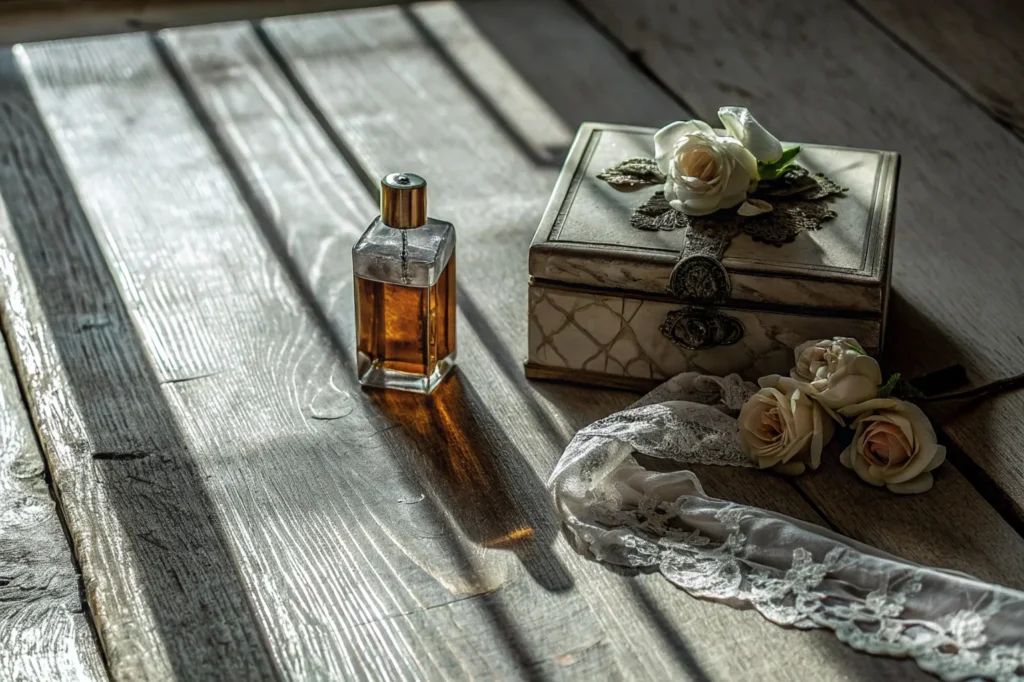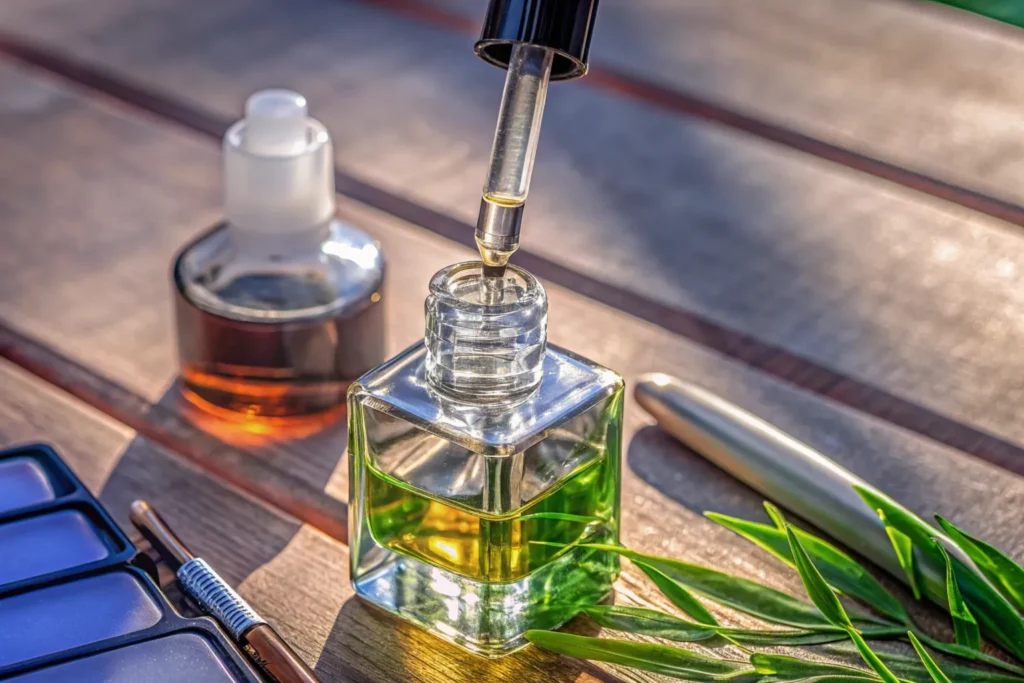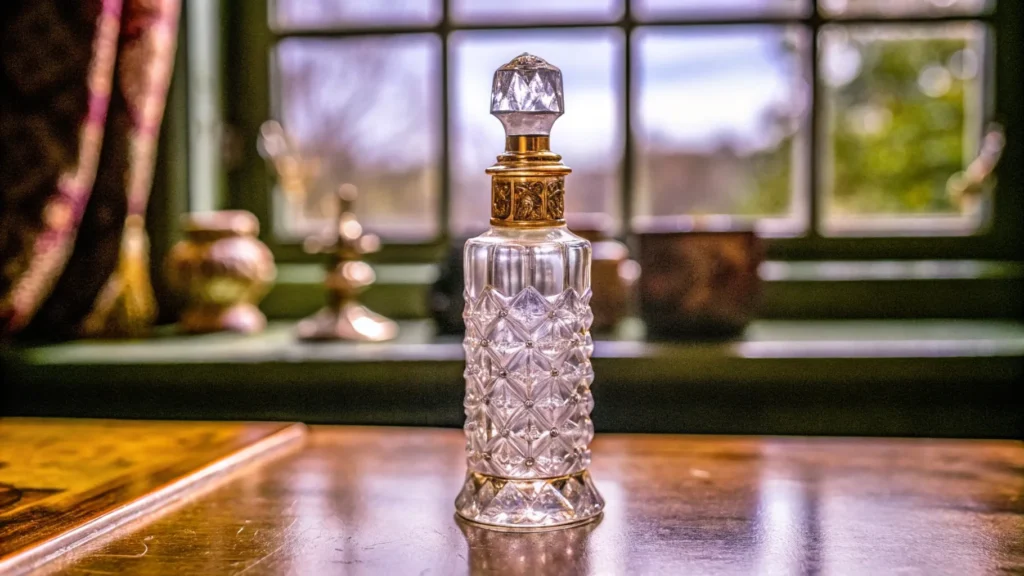Perfume is not just about the fragrance inside but also about the packaging that houses it. The design of a perfume bottle can greatly influence a customer’s decision to purchase a scent. In fact, many people buy a fragrance based on the look of the bottle alone, even before smelling the scent. That’s why it’s crucial for perfume makers to pay close attention to the design of their bottles.
In this article, we will explore the different elements that make a perfume bottle design stand out, what you need to consider when creating a bottle design, and why the right design can help to attract more customers.
The Power of Aesthetic Appeal
The appearance of a perfume bottle is the first thing that a customer will notice, and it plays a huge role in determining whether they will buy the product or not. A bottle that looks attractive will instantly grab the attention of a shopper and encourage them to take a closer look.
The design of a perfume bottle should not only be aesthetically pleasing but also evoke emotions and create a connection with the customer. For example, a bottle designed with a floral motif will appeal to those who love nature, while a bottle designed with a minimalist and clean look will attract those who prefer a more modern style.
In addition to appealing to customers’ personal tastes, a well-designed bottle can also help to reinforce the brand’s image and values. For instance, if a brand is known for its eco-friendly and sustainable practices, a bottle made from recycled materials or featuring natural elements would perfectly align with the brand’s image.
Consider the Functionality of the Bottle
While the design of a perfume bottle is important, it’s also crucial to consider its functionality. The bottle should not only look good but also serve its intended purpose of holding the fragrance.
A perfume bottle should be easy to use, with a well-designed dispenser that releases the right amount of fragrance with each spray. The bottle should also have a secure cap or closure to prevent any leaks or spills.
In addition to these functional elements, the bottle’s size and shape should also be taken into consideration. For instance, a bottle that is too large and heavy may be difficult for customers to carry around in their purse or pocket, while a bottle that is too small may not be able to hold enough fragrance to last the customer throughout the day.
Think About Your Target Market
When designing a perfume bottle, it’s important to consider the target market. Who will be using the fragrance? What are their preferences and tastes? By understanding the target market, you can design a bottle that will appeal to them and help to attract more customers.
For example, a perfume marketed to young women will have a different design than one marketed to middle-aged women. The younger market may prefer a more fun and playful design, while the older market may prefer a more sophisticated look.
It’s also important to consider the occasion for which the fragrance will be worn. For instance, a perfume marketed for special events and evenings out may have a more elegant design, while a fragrance marketed for everyday wear may have a more casual look.
Choosing the Right Material
The material used for the bottle can greatly impact its overall design and appeal. There are many different materials to choose from, including glass, plastic, and metal. Each material has its own pros and cons and will affect the look and feel of the bottle.
Glass is a popular choice for perfume bottles as it provides a high-end look and is durable. It also allows customers to see the fragrance inside the bottle, which
can be especially important for those who like to see the color or consistency of the scent before buying it. However, glass can also be heavy and fragile, which can be a drawback for some customers.
Plastic is a more affordable option compared to glass, and it is lightweight and durable. This makes it an excellent choice for fragrances that will be carried around in a purse or travel bag. Additionally, plastic can be molded into various shapes and sizes, which provides more creative freedom for designers. However, plastic can also be perceived as less premium compared to glass, and it may not have the same level of transparency, making it difficult to see the fragrance inside.
Metal bottles can provide a sleek and modern look and can also be molded into various shapes. Metal is also durable and can provide a sense of luxury. However, it can be heavier and more expensive compared to plastic, and it may also affect the fragrance inside by reacting with the scent over time.
Branding and Labeling
The branding and labeling of a perfume bottle can greatly impact its overall appeal. A well-designed label can provide important information about the scent, such as the name, fragrance notes, and the brand behind it.
In addition to this information, the label can also be used to reinforce the brand’s image and values. For example, a brand that focuses on sustainability may feature eco-friendly materials and printing techniques on their labels.
The branding of a perfume bottle should also be consistent with the rest of the brand’s marketing materials, including the packaging and advertising. This will help to build a strong and recognizable brand identity and help customers to easily identify the fragrance on store shelves.
Conclusion
The design of a perfume bottle plays a crucial role in attracting customers and determining their decision to purchase a scent. By considering the aesthetic appeal, functionality, target market, material, and branding, you can create a bottle design that will stand out and help to increase sales.
Remember, a perfume bottle is more than just a container for the fragrance. It’s a representation of the brand and its values, and it’s a crucial aspect of the overall customer experience. By investing time and effort into creating a unique and appealing bottle design, you can differentiate your fragrance from the competition and attract more customers.



